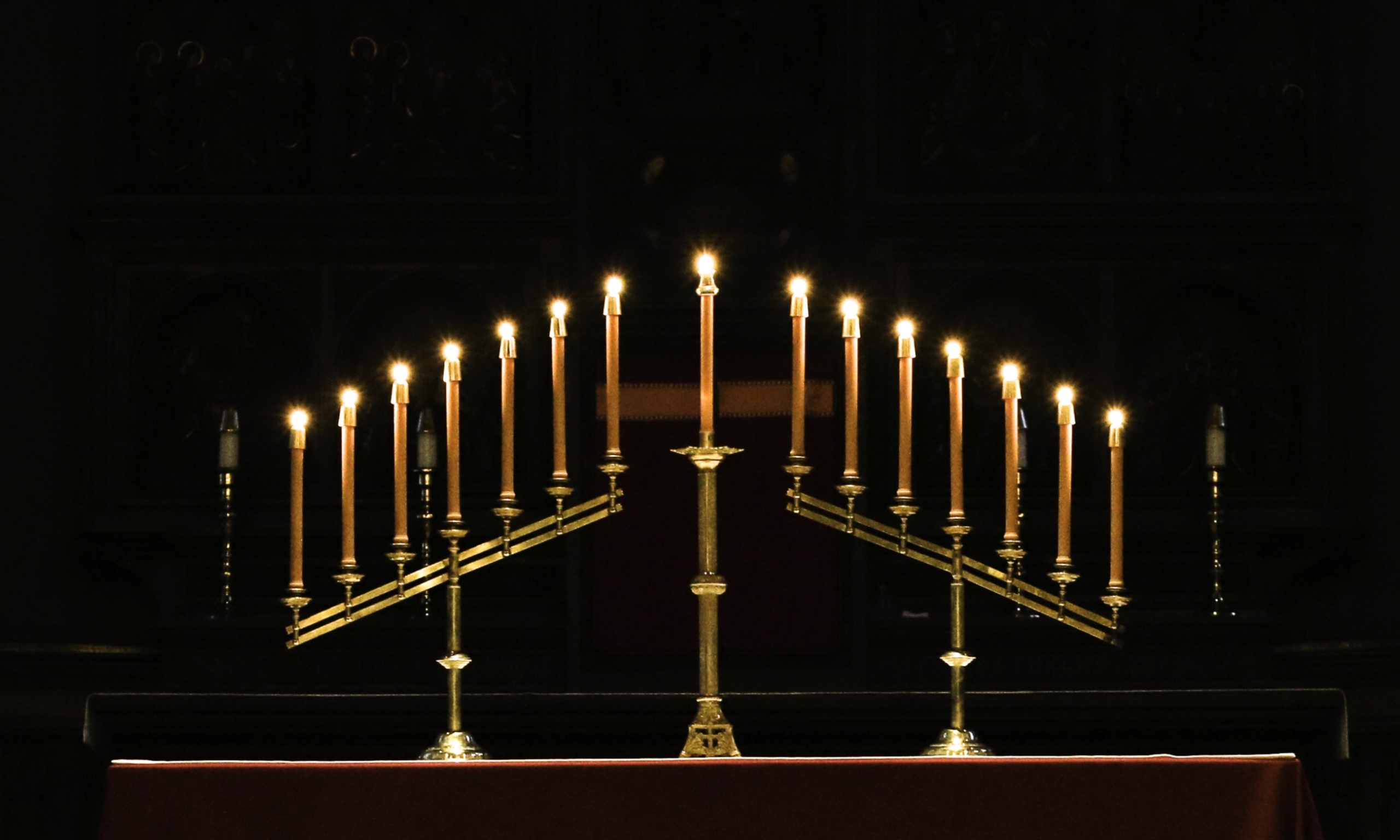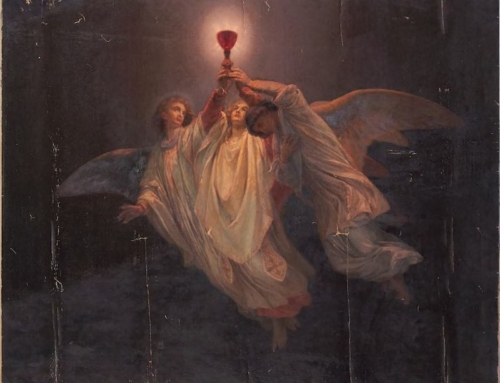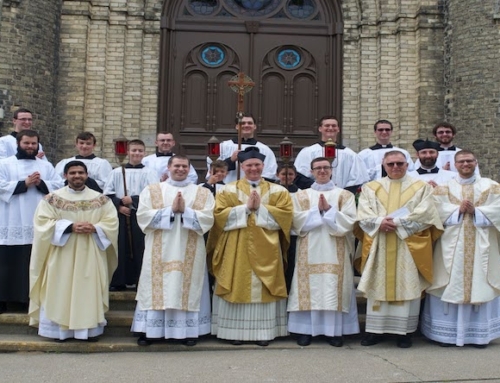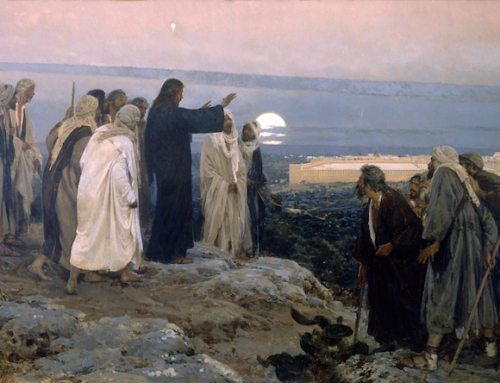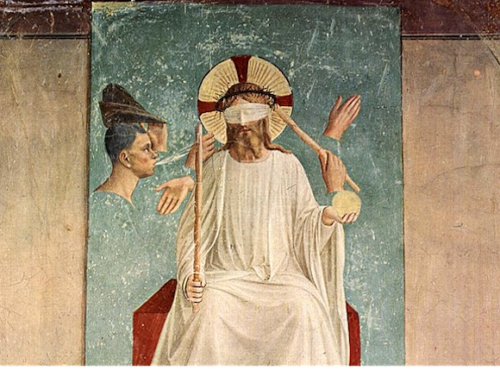Whether it is a candlelit meal at a fancy restaurant, a birthday celebration with a candle-topped cake, or the procession of the paschal candle at the Easter Vigil, candles are a clear sign of solemnity. We usually sense something different, even quasi-religious, on the occasions that candles are used—think, for another instance, of candles lit at the vigils of societal tragedies and untimely deaths. Suffice to say, candles are objects with rich, religious symbolism.
To understand the religious symbolism of candles, we must first recognize the natural qualities present in candles. There are three qualities of candles we immediately observe: their light, their flame, and their total consumption. By briefly examining these three qualities, we will grasp more deeply the way candles symbolize Christ.
The most obvious characteristic of a candle is its light. In fact, its original purpose was just that—to provide light. We have a foundational desire to know and this desire drives us to seek the light of truth, especially since sight is the most obvious way to knowledge. In the Christian realm, this is no less true. In fact, Christ says as much. He claims to be, “the light of the world” (John 8:12). Through his presence in our souls by faith, he illumines the darkness of our minds so that we may begin to see him as he is (c.f., 1 John 3:2).
A candle, by its flame, is also able to represent love. We draw in this symbolism explicitly when we pray “Come Holy Spirit, fill the hearts of thy faithful and enkindle in them the fire of thy love…” A candle’s flame can remind believers of the flame of charity present in their hearts. This is one reason the Church gives candles to the newly baptized and why we all carry candles during the Easter Vigil; the flame represents the work of God in our souls. While we may not see God clearly in this life, the flame of charity allows us to cherish God’s presence in our souls.
Finally, in order to produce the light and flame the candle must be consumed. Our Lord, in shining the light of faith in our intellects and kindling the fire of charity into our hearts, was himself consumed in his humanity—he died that we might have life. It would be easy to think that this occurred only at the Cross. However, we see from the very beginning of his earthly life that he was destined to be a sacrificial lamb. In a similar way, the light that Christ shines in our minds and the fire of charity that sets our souls aflame should consume us, such that we can say with Saint Paul: “yet I live, no longer I, but Christ lives in me” (Gal 2:20).
Yesterday, the Church celebrated the Feast of the Presentation of the Lord. It is no coincidence that this same feast day is called “Candlemas.” The first appearance of the Lord in the Temple is commemorated by the blessing of pillars of wax—wax that will later be used to remind us of Christ’s presence in other temples: the tabernacle of the Church and in the depths of our heart.
✠
Image: Photo by Fr. Lawrence Lew, O.P. (used with permission)

